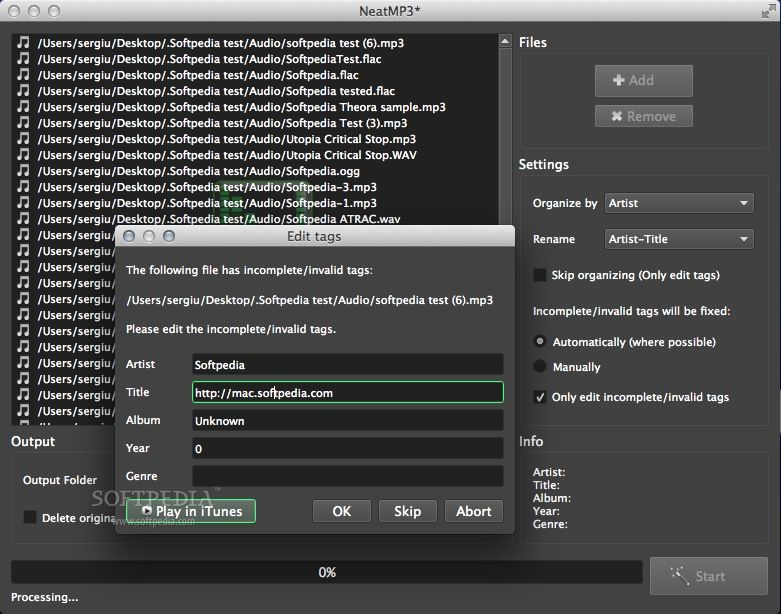

What you can do to protect your local networkįortunately, while the KRACK vulnerability is baked into the WPA specification and deployed on billions of devices, it is relatively easy to patch in a backwards-compatible way. Some variants of KRACK enable recovering enough key material to hijack an existing connection and use it to gain unauthorized access, but this is probably not the easiest way to gain unauthorized access.
#Neatmp3 krack password#
It does not provide a new way to crack the pre-shared key or password of a wireless network. On the access control front, it’s unclear how much KRACK matters. We already have protocols to defend against these attackers, and thanks to the success of projects like EFF’s Encrypt The Web initiative more than half of all Internet traffic is already protected by HTTPS. At worst, KRACK adds an additional one to the list, but with no more power than you ISP or any router on the Internet backbone already has (and those are much more scalable places to conduct surveillance or other mischief). As discussed above, there are already many potential attackers that WPA provides no security against. Important traffic should already be protected with HTTPS.This is all doable, but does not easily scale. Carrying out this attack requires having an active antenna in range of the targeted wireless network and requires broadcasting many packets and intercepting or delaying others. The attacker must be local and proactive.

This means that, for now, data on many wireless access points may be vulnerable to interception or modification. The attack is somewhat complex in that it requires active broadcasting of packets and tricking a device into resetting its key, but it’s the kind of thing that will likely soon be automated in software. KRACK makes it possible for an adversary to completely undermine the privacy properties of WPA and WPA2 in many cases. This includes anybody who cracks that password.

At any point between the access point and the server you’re communicating with, an eavesdropper can read your data whether the first hop was WPA, Ethernet, anything else.In fact, WPA provides no protection against a number of adversaries: Instead, protocols like TLS (and HTTPS) exist which protect your data end-to-end. It was never intended to provide complete confidentiality of your data all the way to its final destination. Note that WPA’s privacy goals were always very limited.


 0 kommentar(er)
0 kommentar(er)
